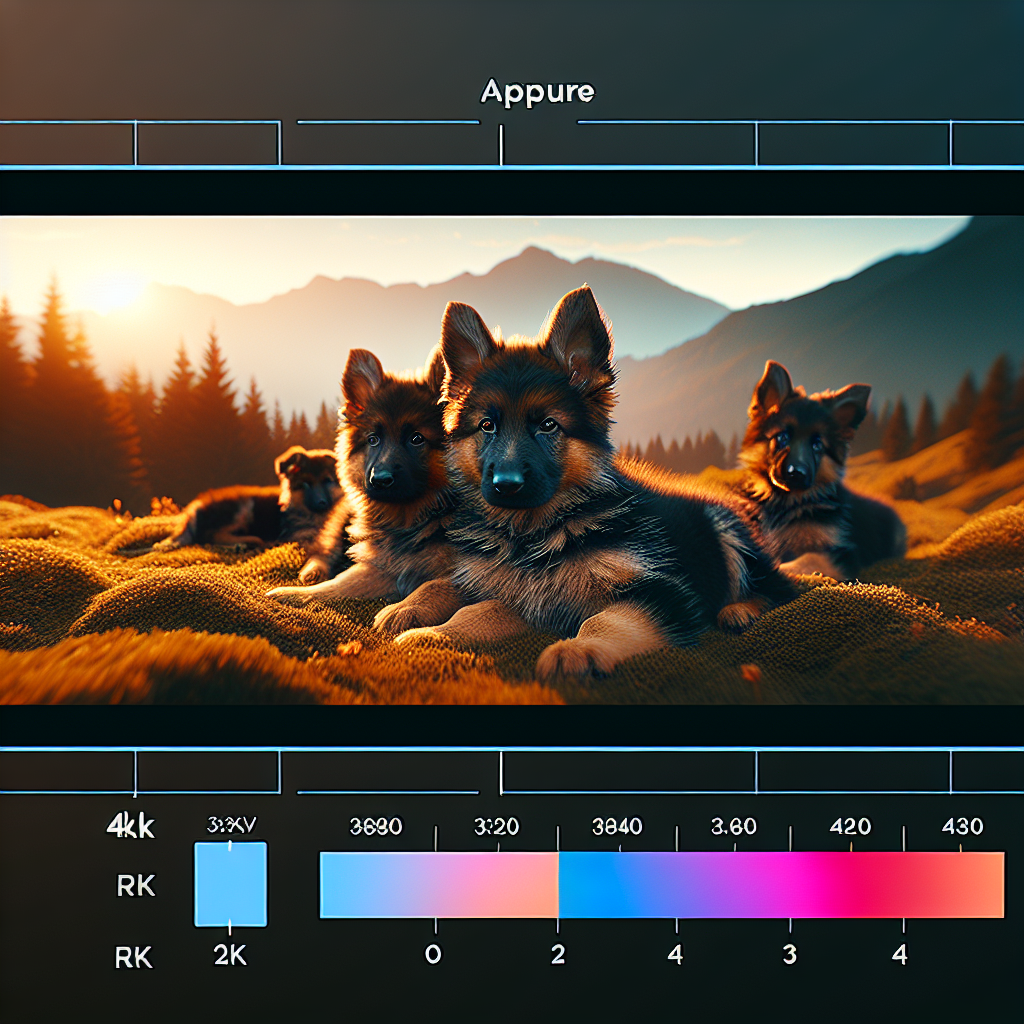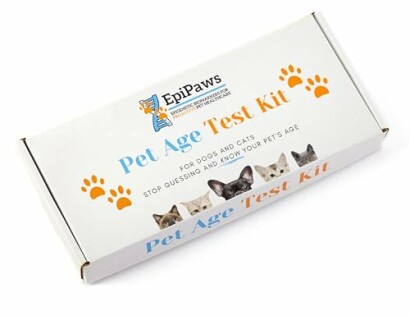Old Aged Dogs – How do I care for them?

Old Aged Dogs - How do I care for them?
-
Table of Contents
Introduction
As dogs age, they require special care and attention to ensure their health and well-being. Caring for old aged dogs involves addressing their changing needs, including their diet, exercise, grooming, and veterinary care. By providing the right care, you can help your senior dog live a comfortable and happy life.
Understanding the Needs of Old Aged Dogs
Understanding the Needs of Old Aged Dogs
As our beloved canine companions age, it becomes increasingly important for us to understand and meet their changing needs. Just like humans, dogs experience physical and cognitive changes as they grow older. By familiarizing ourselves with these changes, we can provide the best possible care for our aging furry friends.
One of the most noticeable changes in old aged dogs is a decrease in energy levels. As dogs age, their metabolism slows down, leading to reduced activity levels. It is crucial to adjust their exercise routine accordingly, ensuring that they still get regular physical activity without overexerting themselves. Shorter walks or gentle play sessions can help keep them active and maintain their muscle tone.
Another common issue in old aged dogs is joint stiffness and arthritis. These conditions can cause pain and discomfort, making it difficult for them to move around. Providing a comfortable and supportive bed is essential to alleviate pressure on their joints. Additionally, incorporating joint supplements or anti-inflammatory medications into their diet can help manage their pain and improve their mobility.
Dental health is another aspect that requires attention in old aged dogs. Over time, plaque and tartar can build up, leading to gum disease and tooth decay. Regular dental check-ups and professional cleanings are crucial to maintain their oral health. In addition, providing them with dental chews or toys can help reduce plaque buildup and keep their teeth clean.
Cognitive decline is also a common issue in old aged dogs. They may experience memory loss, confusion, and disorientation. To support their cognitive function, mental stimulation is essential. Engaging them in interactive games, puzzle toys, and training exercises can help keep their minds sharp and slow down the progression of cognitive decline.
Old aged dogs may also experience changes in their vision and hearing. Regular eye and ear examinations are necessary to detect any issues early on. If they develop vision or hearing impairments, it is important to make their environment safe and accessible. Avoid rearranging furniture and keep their living space free from obstacles to prevent accidents.
Nutrition plays a vital role in the overall health of old aged dogs. As they age, their dietary needs change. They may require a diet that is lower in calories to prevent weight gain and obesity. Additionally, incorporating supplements such as omega-3 fatty acids can help support their joint health and cognitive function. Consulting with a veterinarian to determine the best diet for your aging dog is crucial.
Lastly, regular veterinary check-ups are essential for the well-being of old aged dogs. Senior dogs should have more frequent visits to monitor their health and detect any potential issues early on. Regular blood tests and screenings can help identify age-related conditions such as kidney disease or diabetes. By staying proactive with their healthcare, we can ensure that they receive the necessary treatment and support to live a comfortable and fulfilling life.
In conclusion, understanding the needs of old aged dogs is crucial for providing them with the best possible care. Adjusting their exercise routine, addressing joint stiffness, maintaining dental health, providing mental stimulation, accommodating changes in vision and hearing, ensuring proper nutrition, and regular veterinary check-ups are all essential aspects of caring for our aging furry friends. By meeting their changing needs, we can ensure that they age gracefully and enjoy their golden years to the fullest.
Creating a Comfortable Environment for Old Aged Dogs
Creating a Comfortable Environment for Old Aged Dogs
As our beloved canine companions age, it becomes increasingly important to provide them with a comfortable environment that meets their changing needs. Just like humans, dogs experience physical and cognitive changes as they grow older, and it is our responsibility as pet owners to ensure their well-being. In this section, we will explore some key considerations for creating a comfortable environment for old aged dogs.
First and foremost, it is crucial to provide a safe and secure space for your senior dog. As they age, dogs may become more prone to accidents and injuries. Therefore, it is essential to remove any potential hazards from their environment. This includes securing loose wires, removing toxic plants, and ensuring that the floors are free from clutter. Additionally, providing a soft and supportive bed is essential for older dogs, as it helps alleviate joint pain and provides a comfortable resting place.
In addition to physical safety, it is important to consider the sensory needs of old aged dogs. As dogs age, their senses may decline, making it necessary to make adjustments to their environment. For instance, older dogs may benefit from increased lighting to compensate for their diminishing eyesight. Similarly, providing a quiet and peaceful space can help reduce stress and anxiety, which are common in older dogs. Minimizing loud noises and creating a calm atmosphere can greatly contribute to their overall well-being.
Old aged dogs often experience changes in their mobility and may require assistance to navigate their environment. One way to support their mobility is by providing ramps or stairs to help them access elevated areas such as beds or sofas. This can help prevent injuries and make it easier for them to move around. Additionally, placing non-slip mats or rugs on slippery surfaces can provide stability and prevent falls. These simple modifications can greatly improve the quality of life for older dogs.
Another important aspect of creating a comfortable environment for old aged dogs is temperature control. Older dogs are more sensitive to extreme temperatures and may struggle to regulate their body temperature. During hot weather, it is crucial to provide access to shade and fresh water to prevent overheating. Similarly, during colder months, providing warm bedding and ensuring that the indoor temperature is comfortable can help keep them cozy and prevent hypothermia.
Lastly, it is important to consider the social and emotional needs of old aged dogs. As dogs age, they may become more dependent on their human companions and may experience separation anxiety. Spending quality time with your senior dog, providing mental stimulation through interactive toys, and maintaining a consistent routine can help alleviate their anxiety and provide a sense of security. Additionally, older dogs may benefit from the companionship of other calm and well-behaved dogs, as long as introductions are done gradually and under supervision.
In conclusion, creating a comfortable environment for old aged dogs involves considering their physical, sensory, and emotional needs. By providing a safe and secure space, addressing their sensory changes, supporting their mobility, controlling the temperature, and fulfilling their social and emotional needs, we can ensure that our senior dogs enjoy a comfortable and fulfilling life. As responsible pet owners, it is our duty to adapt their environment to accommodate their changing needs and provide them with the love and care they deserve in their golden years.
Nutrition and Diet for Old Aged Dogs

Nutrition and Diet for Old Aged Dogs
As dogs age, their nutritional needs change. Just like humans, older dogs require a balanced diet to maintain their health and well-being. Proper nutrition plays a crucial role in supporting their aging bodies and preventing age-related diseases. In this section, we will explore the key considerations when it comes to the nutrition and diet of old aged dogs.
First and foremost, it is important to understand that older dogs have a slower metabolism. This means that they require fewer calories than their younger counterparts. Feeding them the same amount of food as before can lead to weight gain, which can put additional strain on their joints and organs. Therefore, it is essential to adjust their portion sizes accordingly to prevent obesity.
In addition to portion control, the quality of the food is equally important. Older dogs benefit from a diet that is rich in high-quality protein, as it helps to maintain muscle mass and supports their overall health. Look for dog food that lists a high-quality source of protein, such as chicken or fish, as the first ingredient. Avoid foods that contain excessive amounts of fillers or artificial additives, as these can be hard for older dogs to digest.
Furthermore, older dogs may have specific dietary requirements due to age-related health conditions. For example, some older dogs may develop kidney disease or arthritis. In such cases, it is crucial to consult with a veterinarian to determine the appropriate diet for your dog. They may recommend a specialized diet that is low in phosphorus for dogs with kidney disease or a diet that contains joint-supporting supplements for dogs with arthritis.
Another consideration when it comes to the nutrition of old aged dogs is hydration. Older dogs are more prone to dehydration, so it is important to ensure that they have access to fresh water at all times. Some older dogs may have difficulty drinking from regular bowls, so providing them with a water fountain or using a shallow dish can make it easier for them to stay hydrated.
In addition to their regular diet, older dogs may benefit from certain supplements. Omega-3 fatty acids, for example, have been shown to have anti-inflammatory properties and can help support joint health in older dogs. Glucosamine and chondroitin are also commonly used to promote joint health and reduce the symptoms of arthritis. However, it is important to consult with a veterinarian before adding any supplements to your dog’s diet, as they can interact with certain medications or have adverse effects.
Lastly, it is important to monitor your dog’s weight and overall health regularly. Older dogs are more susceptible to weight gain or loss, which can be indicative of underlying health issues. Regular visits to the veterinarian can help identify any potential problems early on and ensure that your dog’s diet is adjusted accordingly.
In conclusion, proper nutrition and diet are essential for the well-being of old aged dogs. Adjusting portion sizes, providing high-quality protein, considering specific dietary requirements, ensuring hydration, and incorporating supplements when necessary are all important factors to consider. By taking these steps, you can help support your dog’s health and ensure that they enjoy their golden years to the fullest.
Exercise and Mental Stimulation for Old Aged Dogs
Exercise and Mental Stimulation for Old Aged Dogs
As dogs age, their physical and mental needs change. Just like humans, older dogs require regular exercise and mental stimulation to maintain their overall health and well-being. In this section, we will explore the importance of exercise and mental stimulation for old aged dogs and provide some practical tips on how to care for them.
Regular exercise is crucial for dogs of all ages, but it becomes even more important as they get older. Exercise helps to keep their muscles strong, joints flexible, and weight in check. It also promotes cardiovascular health and can help prevent obesity, which is a common issue in older dogs. However, it is important to note that the type and intensity of exercise should be adjusted to suit the dog’s age and physical condition.
Low-impact exercises such as walking, swimming, and gentle play are ideal for older dogs. These activities provide the necessary physical activity without putting too much strain on their aging bodies. It is recommended to take them for shorter, more frequent walks rather than long, strenuous hikes. This allows them to get the exercise they need while minimizing the risk of exhaustion or injury.
In addition to physical exercise, mental stimulation is equally important for old aged dogs. Mental stimulation helps to keep their minds sharp and can prevent cognitive decline, which is common in senior dogs. Engaging their brains through various activities can also help alleviate boredom and reduce the risk of behavioral issues such as excessive barking or destructive chewing.
There are several ways to provide mental stimulation for older dogs. Puzzle toys and treat-dispensing toys are great options as they require the dog to use their problem-solving skills to access the treats. These toys can keep them entertained for hours and provide a mental workout at the same time. Another effective method is to teach them new tricks or commands. This not only stimulates their minds but also strengthens the bond between the dog and their owner.
It is important to remember that the exercise and mental stimulation needs of old aged dogs may vary depending on their breed, size, and overall health. Consulting with a veterinarian is always recommended to determine the appropriate level of activity for your specific dog. They can provide valuable guidance and tailor a plan that suits your dog’s individual needs.
In conclusion, exercise and mental stimulation are essential for the well-being of old aged dogs. Regular physical activity helps to maintain their physical health and prevent obesity, while mental stimulation keeps their minds sharp and prevents cognitive decline. By providing appropriate exercise and mental stimulation, you can ensure that your old aged dog enjoys a happy and fulfilling life. Remember to consult with a veterinarian to develop a personalized plan that meets your dog’s specific needs.
Health Care and Regular Vet Check-ups for Old Aged Dogs
As our beloved furry friends age, it becomes increasingly important to provide them with the proper care and attention they need. Just like humans, dogs experience a variety of health issues as they get older, and it is crucial to stay on top of their health care and schedule regular vet check-ups. In this section, we will explore the importance of health care for old aged dogs and the benefits of regular vet check-ups.
One of the most significant aspects of caring for old aged dogs is ensuring their overall health and well-being. As dogs age, they become more susceptible to a range of health conditions, including arthritis, heart disease, and cancer. Regular health care and vet check-ups can help detect these conditions early on, allowing for prompt treatment and management.
Regular vet check-ups are essential for monitoring your dog’s health and catching any potential issues before they become more serious. During these check-ups, your vet will perform a thorough physical examination, checking for any abnormalities or signs of illness. They may also recommend additional tests, such as blood work or X-rays, to get a more comprehensive picture of your dog’s health.
In addition to physical examinations, regular vet check-ups also provide an opportunity for vaccinations and preventive care. Vaccinations are crucial for protecting your dog against various diseases, and their effectiveness can diminish over time. By keeping up with your dog’s vaccinations, you can help prevent them from contracting potentially life-threatening illnesses.
Preventive care is another essential aspect of health care for old aged dogs. This may include regular dental cleanings to prevent gum disease and tooth decay, as well as parasite prevention to protect against fleas, ticks, and heartworms. Your vet can provide guidance on the best preventive care measures for your dog based on their specific needs and health history.
Furthermore, regular vet check-ups allow for the monitoring and management of chronic conditions that may develop as your dog ages. Conditions such as diabetes, kidney disease, and thyroid disorders are more common in older dogs and require ongoing care and monitoring. Your vet can help develop a treatment plan and provide guidance on managing these conditions to ensure your dog’s quality of life.
Aside from the physical benefits, regular vet check-ups also provide an opportunity for you to discuss any concerns or questions you may have about your dog’s health. Your vet is a valuable resource and can offer advice on nutrition, exercise, and behavior modifications tailored to your dog’s specific needs. They can also provide guidance on pain management and mobility support for dogs with arthritis or other joint issues.
In conclusion, health care and regular vet check-ups are vital for the well-being of old aged dogs. These check-ups allow for early detection and treatment of health conditions, as well as preventive care measures to keep your dog healthy and protected. By staying proactive in your dog’s health care, you can ensure they enjoy a happy and comfortable life as they age. So, schedule those regular vet check-ups and give your furry friend the care they deserve.
Conclusion
In conclusion, caring for old aged dogs requires attention to their specific needs. Providing a balanced diet, regular exercise, veterinary check-ups, and a comfortable living environment are essential. Additionally, monitoring their health, managing any chronic conditions, and providing mental stimulation are crucial for their overall well-being. Ultimately, providing love, patience, and understanding is key to ensuring a happy and comfortable life for old aged dogs.





